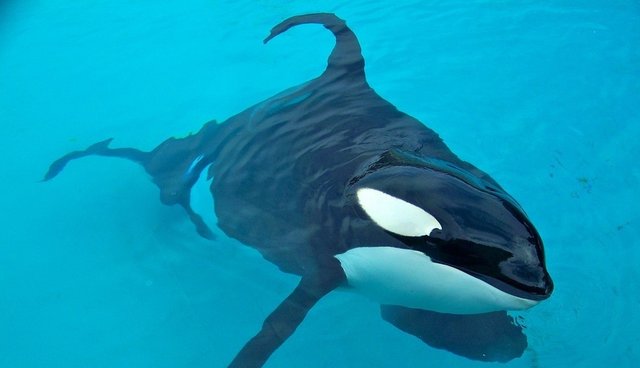
In recent years SeaWorld has faced some serious scrutiny over their alleged mistreatment of their captive marine life. Most specifically the public is concerned that the Orca whales at SeaWorld are being abused. Some even speculate that this alleged mistreatment of captive orcas is what led to the tragic death of SeaWorld trainer Dawn Brancheau.
On February 24th, 2010 SeaWorld orca trainer Dawn Brancheau was killed when an orca whale named Tillikum grabbed her and drowned her. According to eyewitnesses, Brancheau was near the side of the 35ft deep orca enclosure when Tillikum approached the edge of the tank and then “jumped up and grabbed the trainer by the waist, shaking her so violently that her shoe came off” and eventually drowned Brancheau. The tragic death of Dawn Brancheau became an instant public relations crisis for SeaWorld.

After the death of Dawn Brancheau, SeaWorld faced PR challenges like never before. SeaWorld had never faced the death of marine life trainer before, and the death of Brancheau left the PR team of SeaWorld scrambling to assure the public that the whales are well treated and that the drowning of Brancheau “doesn’t mean the parks aren’t safe”. Many experts weighed in on what they believed would be the most effective ay to handle a crisis of this magnitude. Glenn Bunting, managing director for the Los Angeles-based crisis management firm Sitrick and Co., suggested that SeaWorld respond promptly and proactively.“They need to review every safety precaution,” he said. “They need to explain how it happened, why it happened and make sure it doesn’t happen again to reassure the public.” SeaWorld experienced highs and lows in their response to the crisis. SeaWorld showed responsibility by shutting down shows and transparency by speaking to the media. Also in SeaWorlds defense, they announced the day after the incident that trainers will no longer be allowed in the water with the orcas during shows. But SeaWorld made a mistake by not correcting the sheriff when it was falsly circulated that Brancheau had fallen into the water.

One similar instance to the death of Brancheau by the animal she was tasked to care for is the tragic Harambe incident at the Cincinnati Zoo in 2016. In May of 2016 a young boy managed to find his way into the Cincinnati Zoo gorilla enclosure where he was grabbed and dragged by a 17-year-old gorilla, Harambe. To save the boy, zoo officials made the decision to fatally shoot Harambe. In contrast to the incident with Tilikum, who was not euthanized for his violence, the Cincinnati Zoo took a lot of heat for the decision to euthanize Harambe. Though the Cincinnati Zoo team also showed responsibility by swiftly releasing statements and increasing the size of th protective barrier around the gorilla enclosure.
In my personal opinion, SeaWorld did an acceptable job with communication following the death of Brancheau. As mentioned previously, SeaWorld did for a few brief hours allow false information to be circulated, but thankfully, this information was clarified within two hours. If SeaWorld had continued to let this false information to circulate it could have caused more uproar and backlash. I believe they made the right decision by swiftly making a statement and following that statement with action. To this day, trainers are not allowed in the water with orcas during shows, and it seems that from the public SeaWorld’s apology has been accepted. Though, they face a new issue regarding the ethics of having orcas in captivity, but that’s a story for a different day!
